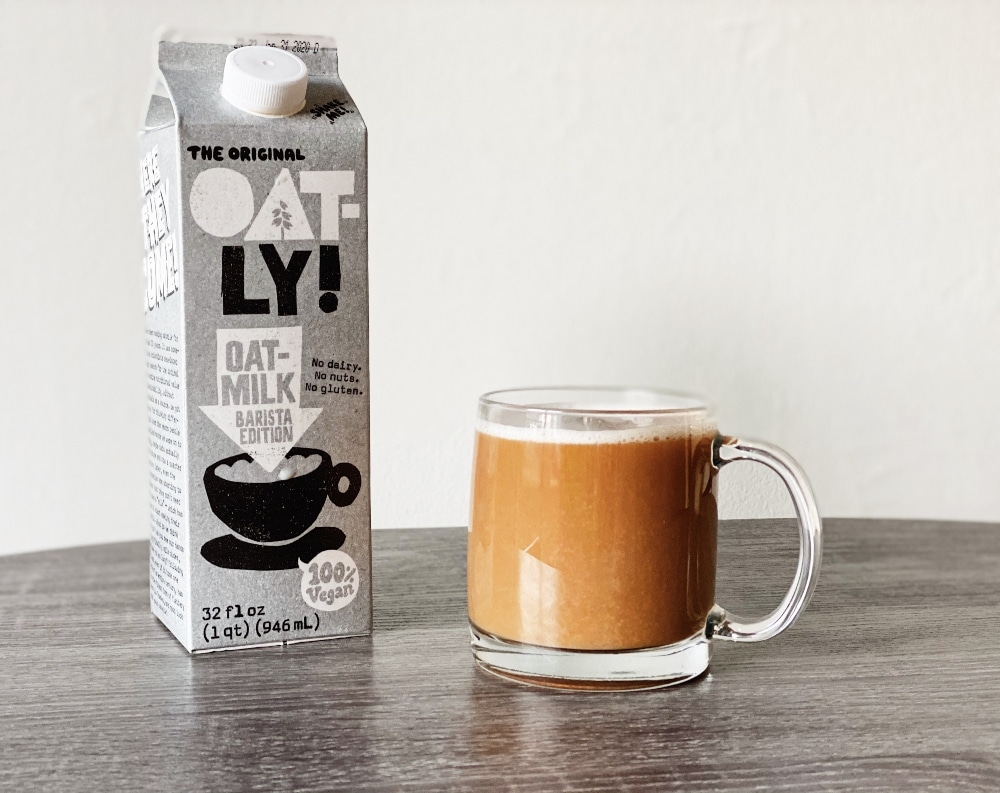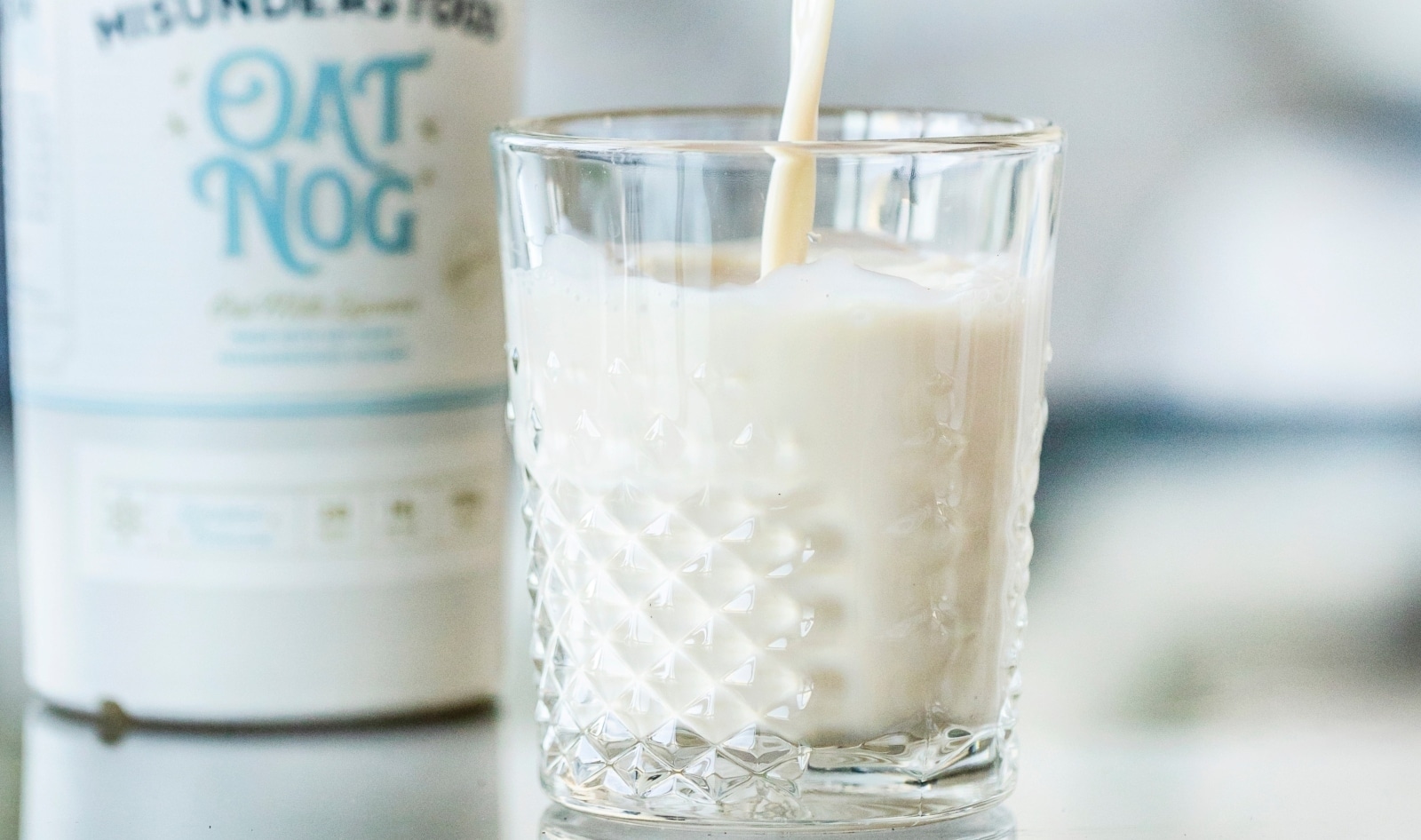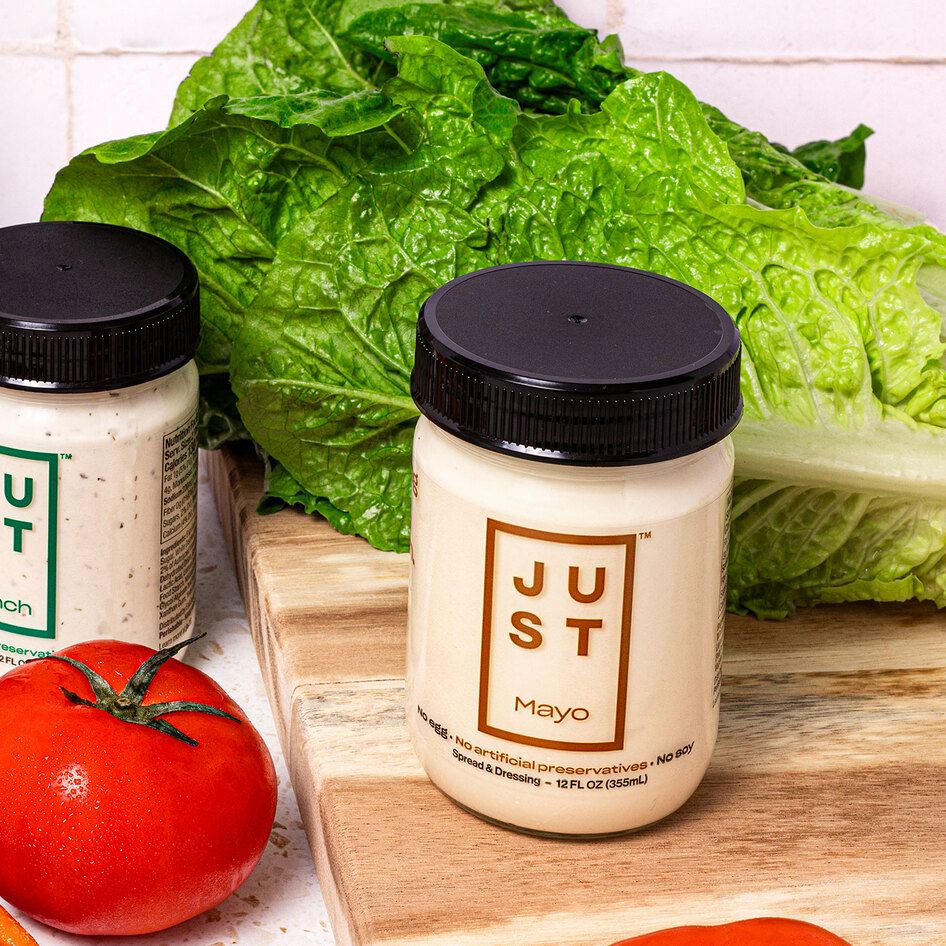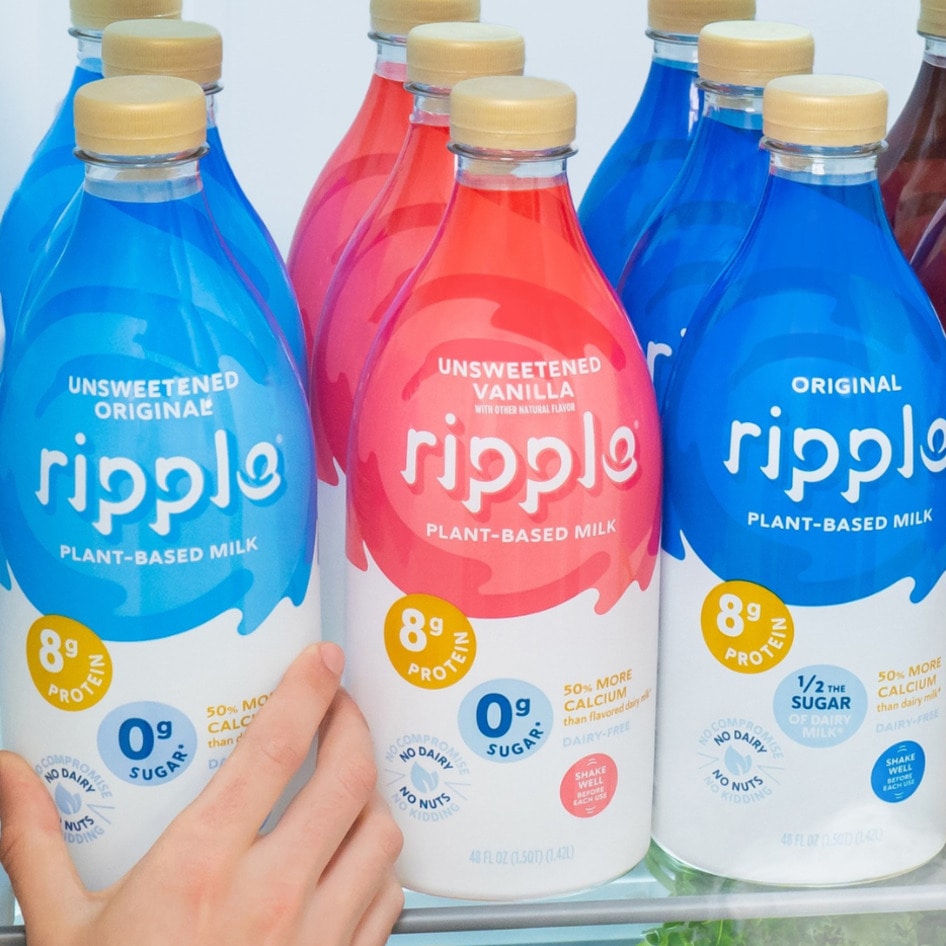Fluid milk sales are on the decline in the US, indicating that, maybe, American consumers just aren’t that into cow’s milk anymore.
According to Hoard’s Dairyman, a national dairy farm magazine, the fluid milk movement is at an all-time low in the US. But at the same time, the amount of milk in the Federal Milk Marketing Orders (FMMO) is climbing higher. The latter is a program designed by the United States Department of Agriculture (USDA) to ensure that dairy farmers in certain geographical areas across the country receive a fair price for their milk.
“After pinging around in the 30 percent level from 2005 to 2017, fluid milk’s usage of all federal order milk fell to 28.9 percent in 2018,” reports the publication. “It then rebounded momentarily in 2020 and 2021 to go over 30 percent. Then, that metric fell to … 27 percent last year—a 75-year low.”
In June 2022, the USDA commented that the decline in fluid milk consumption was likely due to a change in dietary habits, as “individuals are drinking less milk on average.”
Dairy farms are also frequently closing up shop. Earlier this year, it was revealed that in Wisconsin, where dairy is a major industry, around 10,000 dairy farms have been lost in the last two decades. In the last year alone, the state lost 400 dairy farms. Across the US as a whole, there are now less than 30,000 dairy farms.
On the flip side: growth in the plant-based milk market
The market for plant-based milk, on the other hand, seems to be growing. Food Navigator reports that while there was a small dip in sales over the last three quarters, this can likely be attributed to rising prices in general across the food industry.
According to Bethany Gomez, the managing director of consumer insight platform The Brightfield Group, growth in the plant-based milk sector is helping other dairy-free categories to grow, too. “People who have consumed plant-based milk are more than twice as likely to purchase plant-based cheese, yogurt, and ice cream,” she explained in a recent webinar for Food Navigator.
This is a positive sign because these areas of the plant-based market are still quite small. Dairy-free milk, however, is a “quiet superstar,” says Gomez.
 Madalyn Cox/Unsplash
Madalyn Cox/Unsplash
Research from Custom Market Insights supports Gomez’s comments. In May 2023, the market research platform predicted that the global plant-based milk market will reach a value of $30 billion by 2030.
It notes that the market is being driven by “a growing inclination for vegan diets,” as well as a rise in lactose intolerance, calorie concerns, and increasing hypercholesterolemia. The latter refers to high cholesterol levels in the body. According to Healthline, consuming whole-fat dairy products may increase LDL cholesterol levels.
Sustainability is also a priority, particularly for younger consumers, notes Custom Market Insights. And it makes sense that environmental concerns are driving people towards plant-based alternatives. Research suggests that, out of all the different types of milk available, from coconut to almond, to oat to dairy, it is the latter that is the worst for the planet.
In fact, in 2018, a study from the University of Oxford revealed that producing just one glass of cow’s milk results in nearly three times more emissions than any plant-based milk alternative. Plus, it also needs around nine times more land.
“The greenhouse gas emissions from milk are about 30 times higher than what people estimate,” Adrian Camilleri, PhD, told BBC News regarding the study in 2019. “I suspect that most consumers underestimate the greenhouse gas emissions saved by switching from dairy milk to plant-based milk such as soy milk.”
For more on vegan milk, read:
JUMP TO ... Latest News | Recipes | Guides | Health | Subscribe









